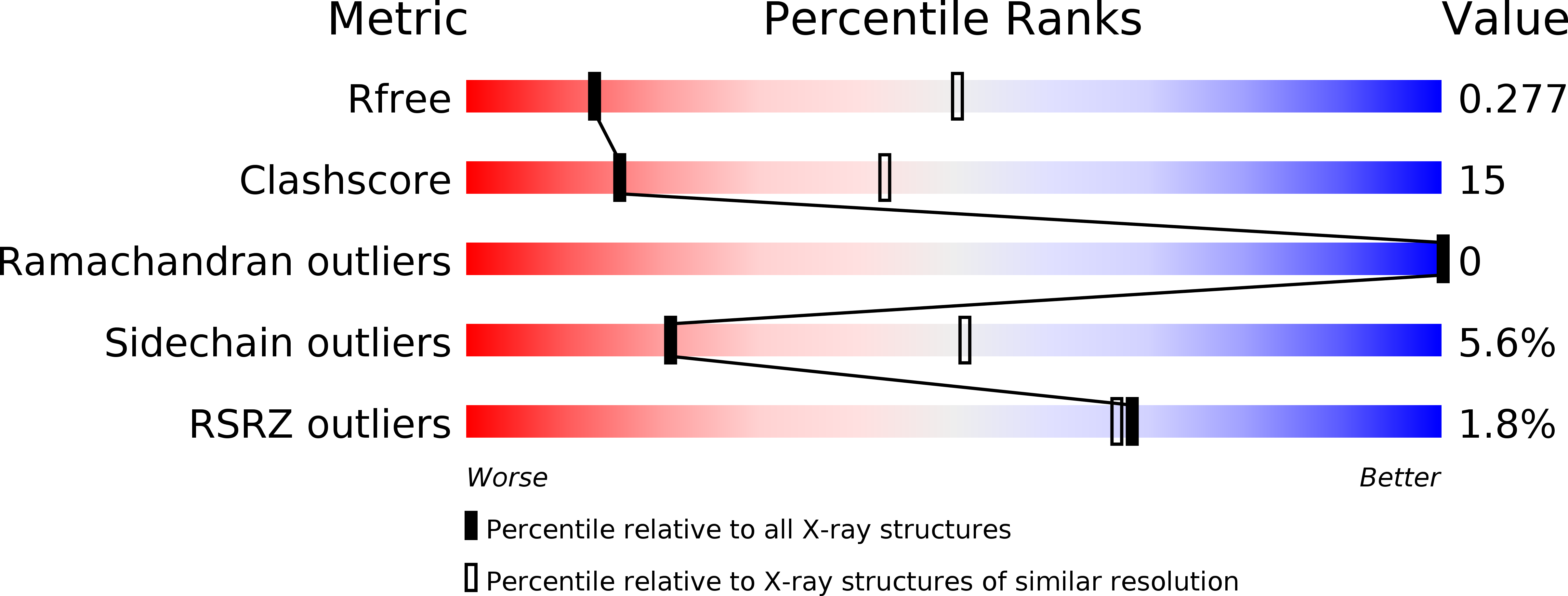
Deposition Date
2015-05-28
Release Date
2015-09-02
Last Version Date
2024-05-08
Entry Detail
PDB ID:
5BPW
Keywords:
Title:
Atomic-resolution structures of the APC/C subunits Apc4 and the Apc5 N-terminal domain
Biological Source:
Source Organism:
Homo sapiens (Taxon ID: 9606)
Host Organism:
Method Details:
Experimental Method:
Resolution:
3.40 Å
R-Value Free:
0.27
R-Value Work:
0.22
R-Value Observed:
0.22
Space Group:
P 4 21 2


